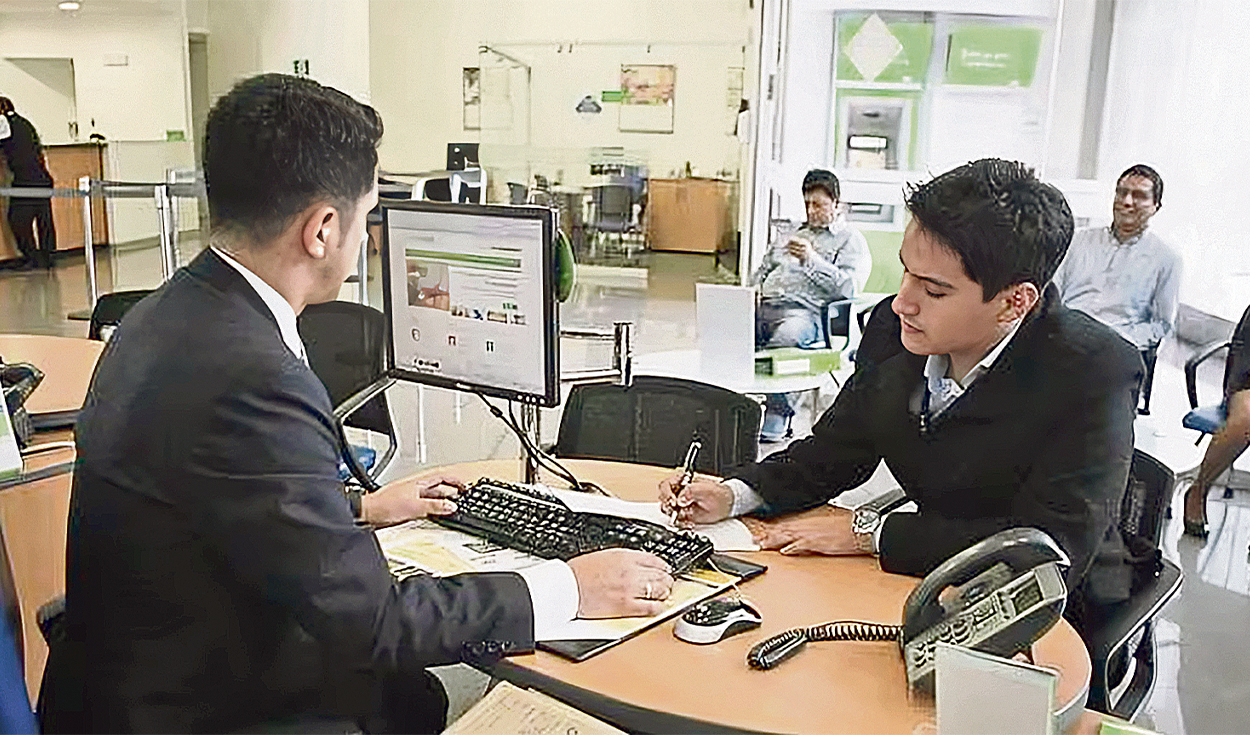
At the end of 2023, loans to individuals rose 7.1%, according to the Central Reserve Bank of Peru (BCRP). This increase would be leveraged by the use of Credit cards especially from people who experienced unemployment or underemployment while we were experiencing a high price cycle and despite the fact that interest rates remain high, according to Ronald Casana, economist at Equilibrium Financiero.
“There are people who did not have a job or who had to accept a salary reductioneither. For example, if you earned S / 1,000, but you are not on the payroll, you are informal and your employer tells you that he can continue hiring you, but for S / 800. “You as an employee are going to have to accept,” says the specialist.
In December of last year, the average interest rate on consumer loans in the banking system was 56.89%, when in 2019 it reached 40.83%, according to the Superintendence of Banking and Insurance (SBS). Likewise, the average credit card rate rose to 65.97%, when before the pandemic it reached 46.67%.
On the employment side, it must be taken into account that in 2023, according to data from the INEI analyzed by economist Fernando Cuadros, the underemployment rate in Metropolitan Lima was 5.4 percentage points higher (38.5%) than what was recorded before the pandemic; Likewise, the unemployment rate was 0.2 pp higher (6.8%).
Other factors that stimulated the increase in credits, especially in the last quarter of the year, according to economist César Antunez, is the decrease in inflation that made the BCRP also adjust the reference rate, so getting into debt was not so expensive like previous months; Furthermore, because in these months a series of expenses related to the Christmas campaign are made.
“The decline in inflation contributes to lower interest rates. So, people are encouraged to apply for loans. In this case it is temporary, people have gone into debt to make purchases, to fix their house for Christmas and New Year,” he maintains.
Thus, consumer loans as of November — the most recent figure on record — reached S/73,990 million, an increase of 9% compared to the same month in 2022, according to the INEI.
While the Payments with credit cards increased by 16.6% as of October and reached S/8,784 million.
Normalization of credits
For Casana, it is expected that from the second half of the year the placement of loans to individuals will increase because interest rates will be lower and because there is an expectation that the economic situation will improve.
“The reference rate is going to go down. Besides, a rebound in the economy is expected after the El Niño Phenomenon, we are talking about June approximately. There, people and companies are expected to access credit, which can lead to greater hiring of personnel,” he concluded.
Data
Balance. The profits of the banks They decreased 8.8% in 2023. The reduction in the balance of bank loans and higher interest rates on deposits were the main reasons, according to Antunez.
Non-payment. While non-performing loans in banks rose by 0.36 percentage points and reached 4.31%. Falabella (7.03%) had the highest rate.
Source: Larepublica
Alia is a professional author and journalist, working at 247 news agency. She writes on various topics from economy news to general interest pieces, providing readers with relevant and informative content. With years of experience, she brings a unique perspective and in-depth analysis to her work.












